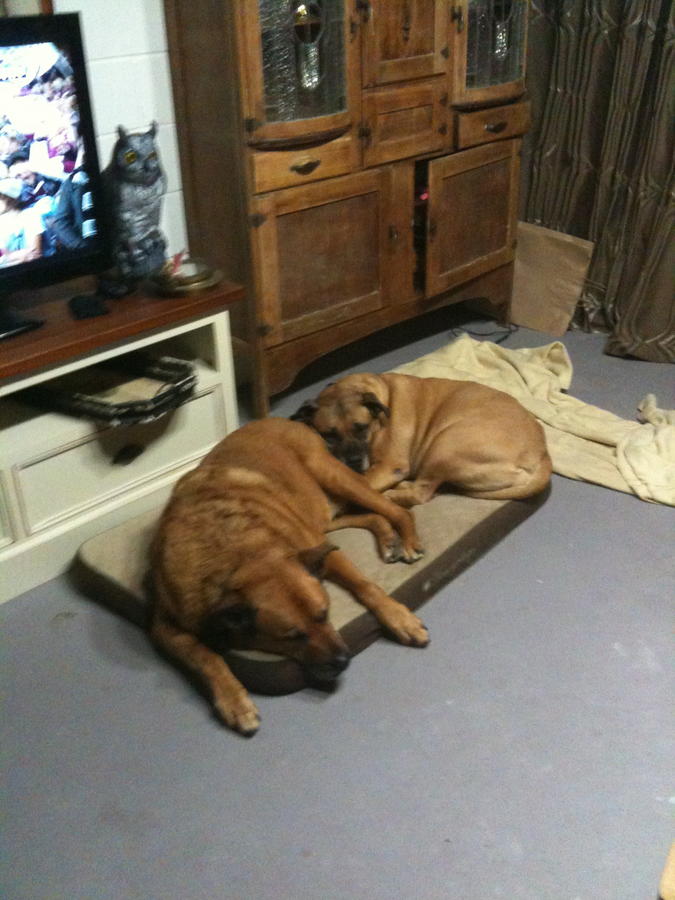The best way that a restaurant purveyor can communicate on a menu or advertisement for their food product in through words and photography. Think about it, when was the last time you got a Big Mac that looked like the one on the menu board..... yea me neither.
When we go out to eat we taste the food with our eyes before anything else.
For these Throwdowns the only way we can communicate our hard work and vision is through pictures and words. That is it, no other way. So for us to limit that then we are limiting the growth and creativity of all who look at them. Many people were inspired by what was produced in the last one, I know I was. So now I want to challenge myself to make a more technically challenging dish. I am totally for updating the rules and expectations for these. Have it where there are different types of voting, maybe where we actually rate each dish on 3 things (appearance, skill set and description) and add the 3 scores together. Then for the judges they do the same thing, but they have a detailed documentation of the processes involved to make the dish. Have a winner for the People and a winner for the Judges, then a Grand Champion for the entire thing by combining the scores of both areas. It's not perfect, but it's an idea.
Like Chef Jimmy said "Do your Best and the Food does the talking!"
Many have stated concern for the photography side. I have attached a couple links after a very quick search.
I found this after a very quick search for Food Styling
[h3]10 Food Styling Tips to Better Food Photos[/h3]
Undercook your food. As food cooks it looses moisture and shrinks as it cools. Cook food only long enough so that it no longer looks raw. You can always color too-light areas or apply heat with a kitchen torch or heat gun.
If you can afford it, buy two of what you’re shooting, i.e., chickens, pies.
Make sure your prep is meticulous. Go through product and get rid anything wilted, old or unsightly. Cut, chop and slice precisely.
When designing a plate, consider color (contrasting or complimentary), texture, and balance.
Create elevation and movement. Prop pieces up from the back to create definition. Make a hidden base under food to hold it in place using shortening, damp paper towels, cosmetic wedges, or even mashed potatoes.
Plan for the use of garnishes. Have appropriate herbs, lemon or limes, or extra ingredients to use if needed.
Know that cool food photographs better than hot food. You can make cool or room
temperature food can be made to look hot by adding moisture and shine with spraying with PAM, or with brushing oil. For highlights spray your food with PAM or water or brush with a little Karo syrup.
Use any available light. If needed, use a shiny sheet pan, a white cutting board, or a hand mirror as a reflector for added light.
Study food photographs you like. What do they have in common?
Less is more. Appreciate how the camera’s eye is different than your eye. You don’t need to have a sliced mushrooms in every square inch of your food to know that it contains sliced mushrooms; one or two will get your point across without making the image messy.
http://www.learnfoodphotography.com/10-food-styling-tips-to-making-any-food-photo-look-appealing/
This is after a quick search for Digital Food Photography
http://www.foodportfolio.com/blog/food_photography/food_photography_tips.html















